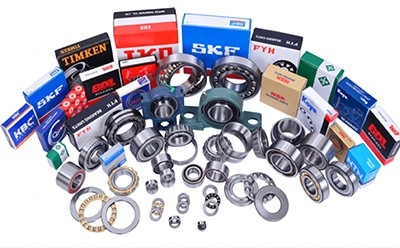When it comes to rolling element bearings, particularly thrust ball bearings, understanding their load capacity is crucial for ensuring optimal performance and longevity. Calculating the load capacity involves considering various factors such as the applied loads, bearing geometry, material properties, and operating conditions. This guide will delve into the fundamentals of calculating the load capacity of thrust ball bearings, offering insights into the process and factors to consider.
Understanding Thrust Ball Bearings
Thrust ball bearings are a type of rolling element bearings designed to support axial loads primarily in one direction. They comprise of rolling elements, typically balls, housed within a ring-shaped raceway. The design allows for high thrust capacity in a compact form factor, making them ideal for applications where axial loads predominate.
Calculating Load Capacity
Factors Influencing Load Capacity
Several factors influence the load capacity of thrust ball bearings. The primary consideration is the bearing’s dynamic load rating (C), which represents the maximum load that the bearing can withstand for a specified number of rotations without exhibiting excessive wear or fatigue. Other factors include the bearing’s size, geometry, material composition, lubrication, operating speed, and temperature.
Dynamic Load Rating (C)
The dynamic load rating (C) is a critical parameter used in calculating the load capacity of thrust ball bearings. It is determined through rigorous testing under standardized conditions and indicates the maximum load that a bearing can carry while achieving an average life of one million revolutions. Manufacturers provide dynamic load ratings for various bearing sizes and configurations, facilitating the selection process for specific applications.
Application Calculations
To calculate the load capacity of thrust ball bearings for a particular application, engineers must assess the magnitude and direction of the applied loads, as well as factors such as misalignment, vibration, and shock loads. Using equations derived from bearing theory and considering factors of safety, engineers can determine the maximum permissible load for the given operating conditions.
Conclusion
Understanding how to calculate the load capacity of thrust ball bearings is essential for ensuring optimal performance and reliability in various mechanical systems. By considering factors such as dynamic load ratings, application requirements, and operating conditions, engineers can select the appropriate bearings and accurately predict their performance under specific loads. This knowledge is instrumental in designing robust and efficient machinery across industries.
